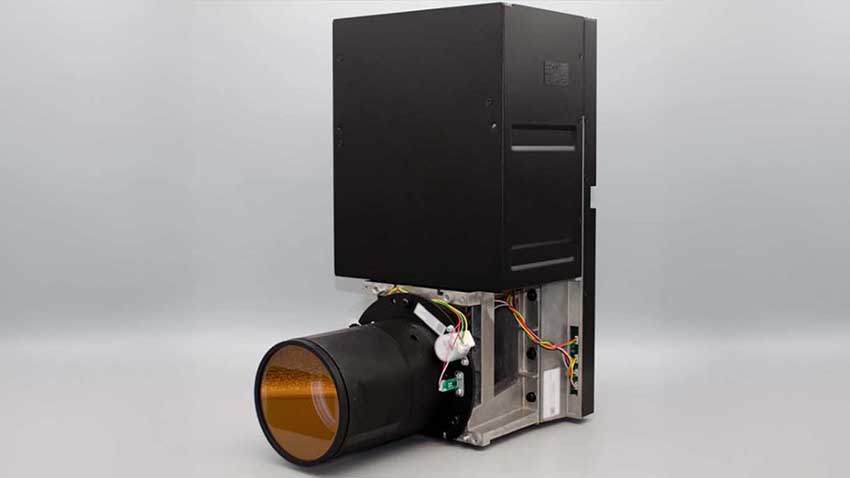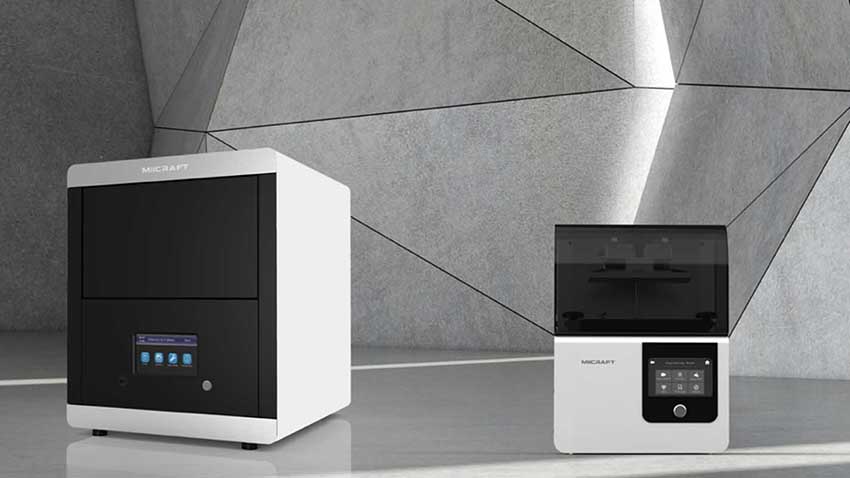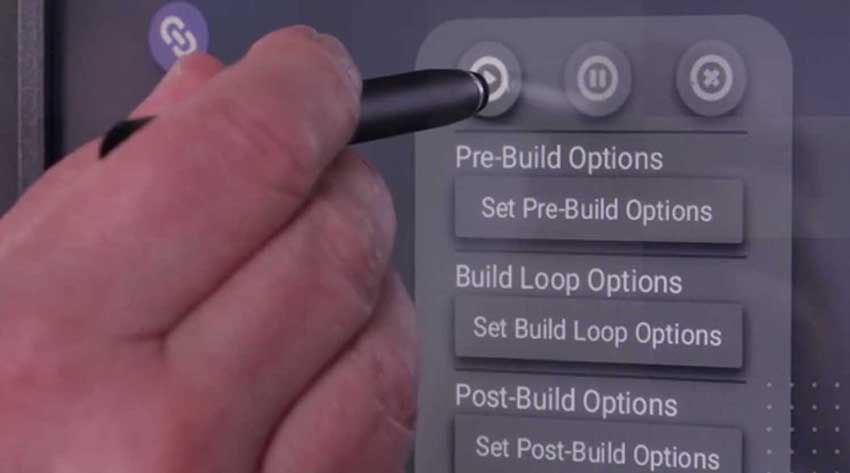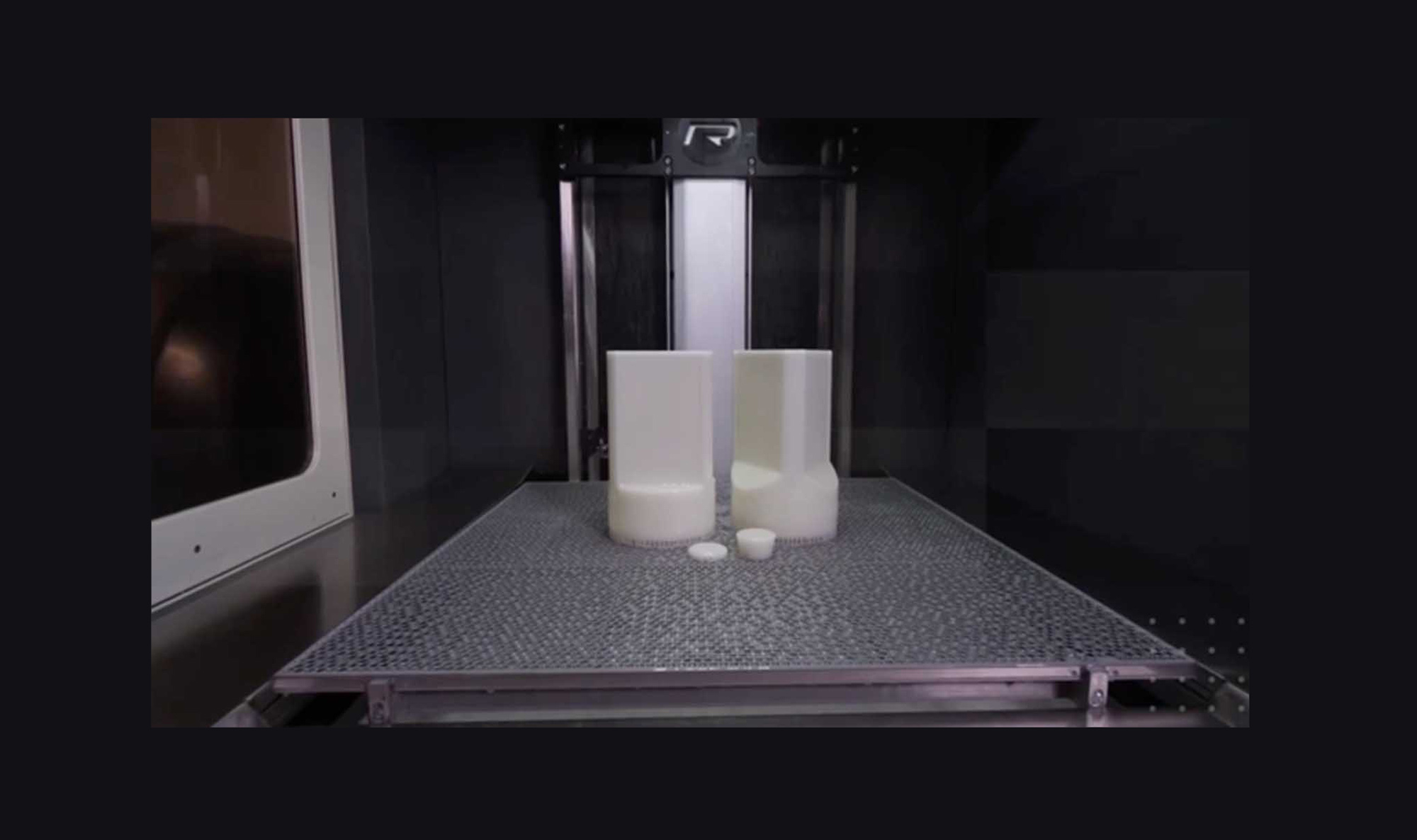BURMS is a team with many years of experience, which consists of engineers in the areas of mechanical engineering, software development and production. Professional 3D printing services are also part of the product portfolio as is support for customers with all questions relating to 3D data creation and preparation (CAD, scan, conversion, repair).
BURMS helps you choose the right 3D printing process for your application and optimize the costs for your prototypes, small and large series.
Interview with Dr. Dennis Wachtel, Head Of Business Development Digital at DMG Digital Enterprises SEDMG Digital Enterprises SE.
Easy Engineering: How was 2023 for your business, a short summary?
Dennis Wachtel: First, let me briefly introduce the company: We are a team with many years of experience, which consists of engineers in the areas of mechanical engineering, software development, and production. BURMS is a medium-sized company that is located in Jena, Germany and has been committed to 3D printing since the beginnings of the company. To this end, light engines, 3D printers and processes are being developed and marketed in different branches. Professional 3D printing services are also a part of our product portfolio including support for the customers with all questions relating to 3D data creation and preparation. Our products are aimed at research & development, equipment production and even motorsport companies. Said this, we additionally targeted the dental/medical field in 2023 and have been able to place our 3D printing solutions in both, dental and hearing aid markets. Nevertheless, 2023 was also full of turns creating some highs and lows due to the global politics and economic situation which is why our supply chain operations were faced with a remarkable degree of volatility.
E.E: What new products/services will be launched this year?
D.W: This year, we are focusing on the further development of our portfolio of 3D printing systems. For example, we plan to launch different 4K 3D printer models that will be powered by 4M pixel UV light engines with a special image enhancement technology and low force peel-off mechanism to ensure printing processes will be more efficient and safer. Additional features such as heating control and RFID will make it possible to print even highly viscous materials and log printing processes for quality assurance purposes. Particularly, with regard to the Medical Device Regulation (MDR) and 3D-printing of medical or dental products, users shall be given more process security. Finally, we also plan to qualify further materials over the course of the year and launch complete workflows with our partners. Our aim is to offer our customers a wide range of materials and therefore applications to cater a wider range of customer needs, both with our 3D printing systems and in 3D printing manufacturing services.

E.E: How did the market change in the last year?
D.W: As mentioned, 2023 was full of turns. Regarding 3D printing applications, I believe that especially the use of artificial intelligence (AI), automated process steps, and cloud-based solutions has increased. I should note that these aspects are not completely new, of course. Machine learning has been used for years with the aim to optimize and automate processes and thus minimize potential errors. Nevertheless, new applications were presented in 2023 that can intervene or support in object design before the printing process, for example.
Thus, we see future applications for our products in these trends. In 2023, for example, we have launched a cloud-based solution that helps users to nest objects correctly and quickly, thereby minimizing possible process errors. We will therefore continue to expand such applications and our focus will be on both, designing and data preparation processes.
Personally, I also have learned from many discussions with our customers that users have developed a more critical awareness of technological differences between 3D printing systems. A simple example: A hobby printer can only fulfil the requirements for medical products or other critical applications to a very limited extent, if at all. Customers are therefore no longer asking “what” they would need to become digital with 3D printing, but “how” they can be enabled to fulfil their particular goals and technical requirements.
E.E: What were the best-selling products of 2023?
D.W: This is a good question. We have seen a strong trend towards compact desktop printers Alpha & Prime, which has also been reflected in our sales figures. More specifically, customers have increasingly asked for validated systems, i.e., evidence has to be provided, if 3D printing processes will deliver reproducible results according to the specified requirements. Due to the Medical Device Regulation, validation of applications has become particularly important for medical and dental use of 3D printing technology.
If I may quote my 3D printing colleagues to illustrate the issue, taken from the Position Paper of the Federation of the European Dental Industry (FIDE): “…the safety of the definitive/final, patient-specific medical devices is guaranteed by way of proven processes, pre-products and units, taking into consideration state-of-the-art technology and that the requirements of medical technology are met.”
To fulfill these requirements, we have been continuously collaborating with our material partners to define reproducible processes for printing, cleaning, post-curing and mechanical finishing so that 3D-printed objects retain their chemical and physical properties. This becomes obvious, because medical devices do have direct contact with patients and, thus, must fulfil defined functions, independently of whether they have been mass-produced or custom-made with 3D printing technology. We therefore not only speak about 3D printers, but rather about 3D printing solutions and validated workflows, as we intend to indicate the relevance of all related processes in accordance with the defined standard.

E.E:What sector of business do you think is expected to grow this year?
D.W: For me personally, first sector is clear: “Materials will be the key”. This applies to all 3D printing applications. Naturally, in a closer look we should differentiate between diverse types of materials. If market forecasts can be believed, the metal materials market will grow faster than the polymer materials market. At the same time, polymer materials market appears to be significantly higher in terms of turnover. In my opinion, this is partly due to the fact that polymers are used with FDM, SLA and DLP technologies.
Even though many users still associate FDM technology with the hobby sector, I can see sturdy growth here in particular, because this technology is being used more and more by professionals. Due to the scaling of the systems in size, FDM systems are being used increasingly in the automotive, aerospace, and industrial sectors.
Another sector I expect to grow is the hardware. An interesting trend here is the combination of technologies such as DLP and SLA technologies. We do use these technologies in our 3D production, so I strongly believe that the combination of their advantages by speeding up the printing processes through simultaneous exposure using DLP, while a laser would give the contours and other details a remarkably high level of accuracy, will enhance the additive manufacturing of polymers.

E.E: What estimations do you have for 2024?
D.W: My personal opinion is that the environmental awareness becomes increasingly important in 3D printing. We have already seen eco-friendly materials being launched on the market, for example. Consequently, environmental awareness can be holistically applied, e.g., to post-processing, and I think that this aspect will be reflected in new developments of both, materials and processes this year.
Also, the range of applications and therefore the choice of materials will also continue to play a pivotal role. The use of AI-supported and cloud-based solutions is also expected to grow this year. Finally, new materials will create new applications and thus new chances for business opportunities to turn 3D printing into an even more viable option for rapid prototyping and customized large-scale production.

E.E: A short message for collaborators for the beginning of the year.
D.W: The new year brings us all new opportunities, new ambitions, and a chance to strengthen our collective 3D printing spirit. I wish all of us all a year of professional success, steady growth, and the achievement of all the goals we have set ourselves. Thank you to our dedicated and hard-working teams!
BURMS – 3D Druck Jena GmbH & Co.KG
Hermann-Löns-Straße 2
07745 Jena, Deutschland
+ 49 (0) 3641 63 47 800

